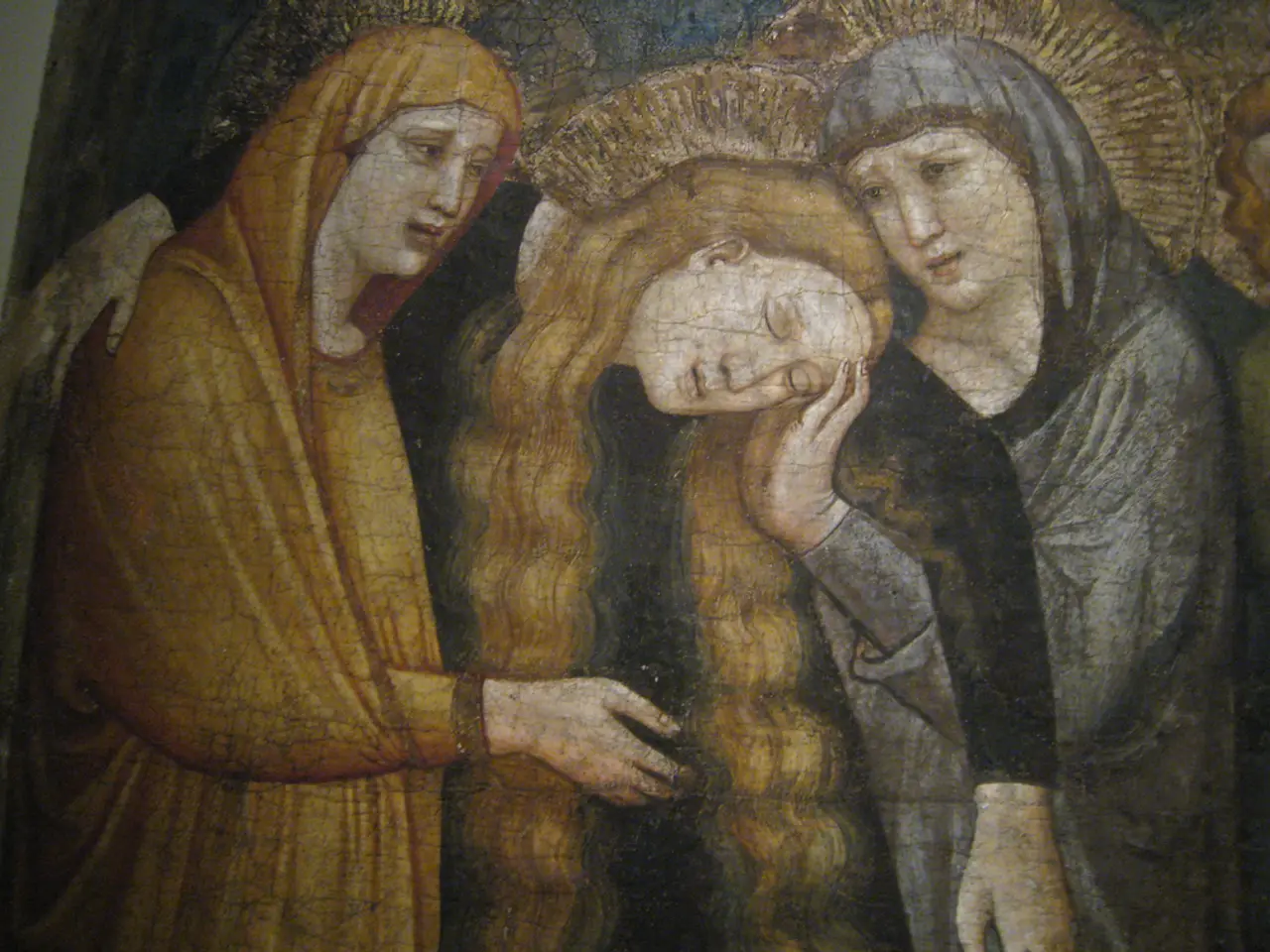Combining Artistry with Artificial Intelligence
In the vibrant world of live arts, the integration of Artificial Intelligence (AI) is becoming increasingly prevalent. However, it is crucial to approach this fusion ethically, ensuring that AI enhances human creativity rather than replacing it. Here are some guidelines and practical steps for ethical AI usage in live arts.
Firstly, transparency and disclosure are key. Artists should openly disclose when AI is used in their work and acknowledge its role in the creative process. This transparency helps maintain the integrity of the art and fosters trust between artists and audiences.
Secondly, consent and authorization are essential. Artists should obtain the consent of any human creators whose work inspires AI-generated content, and they should be credited and compensated appropriately. Respecting intellectual property rights is also crucial to avoid unauthorized use of others' work.
Co-creation and collaboration are another important aspect. Human creativity should be involved in the AI-assisted creative process to ensure that AI enhances rather than replaces human artistry. Maintaining human control over the creative process is essential.
Environmental impact is another consideration. Artists should be mindful of the environmental costs of AI, such as energy consumption, and use eco-friendly practices where possible.
Decentralized governance and blockchain technology can also play a role in ensuring fair ownership, licensing, and monetization of AI-assisted works. Platforms that allow artists and fans to govern AI ethics through voting and community input are ideal.
Practical steps for implementing ethical AI in live arts include organizing collaborative workshops, integrating AI as a tool to assist human creativity, and educating artists and audiences about AI's capabilities and limitations.
Several artists and researchers are currently exploring these ethical considerations in live arts. For instance, Marie-Ève Levasseur is using machine learning algorithms to explore the parallels between AI and insects, while Marion Schneider is collaborating with Karim Jerbi to illustrate dreams using data from brain activity and image generation software.
Dayna McLeod is working with AI-generated avatars, testing their ability to evoke emotions or react to others in personal scenarios about grief. Christelle Proulx's research focuses on the production of the visible by ideology and algorithms, and she is currently exploring artificial vision, generative art, and queer ecologies.
The collaboration between these artists and researchers will culminate in an exhibition titled Shared Becomings, which aims to support reflection on the less binary possibilities that queer thought implies. The exhibition will be presented next winter at the University of Montreal Gallery.
In conclusion, by following these ethical guidelines and practical steps, live arts can benefit from AI while respecting ethical standards and promoting human creativity. The upcoming exhibition, Shared Becomings, is a testament to this collaborative exploration of AI in live arts.
Arts and technology are intertwined in the collaboration between artists and researchers, as they utilize AI and machine learning to generate thought-provoking works. Fashion-and-beauty industry may also integrate AI-assisted design for creating innovative clothing and makeup looks, questioning the boundaries between human creativity and artificial intelligence. In the realm of lifestyle, this fusion of arts and technology promotes an intriguing conversation about AI's potential impact on various aspects of human life, while upholding ethical standards and fostering human creativity.




